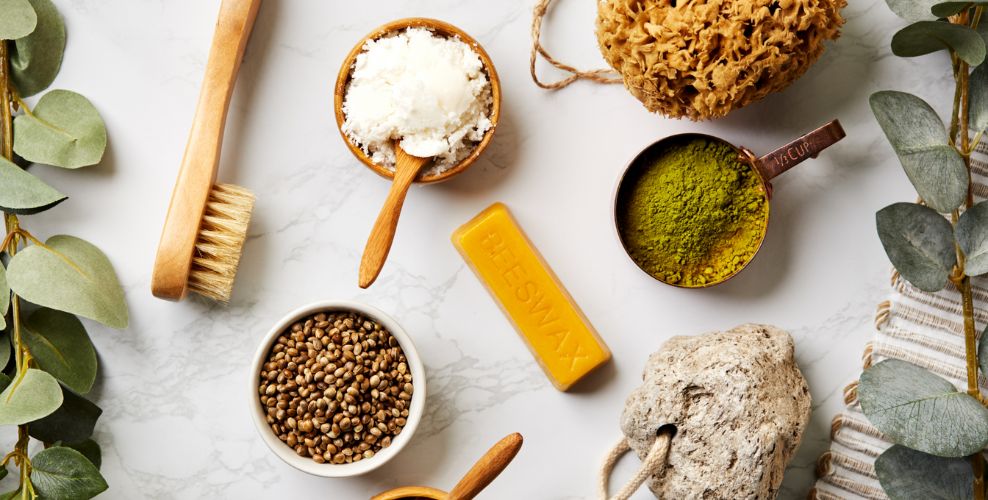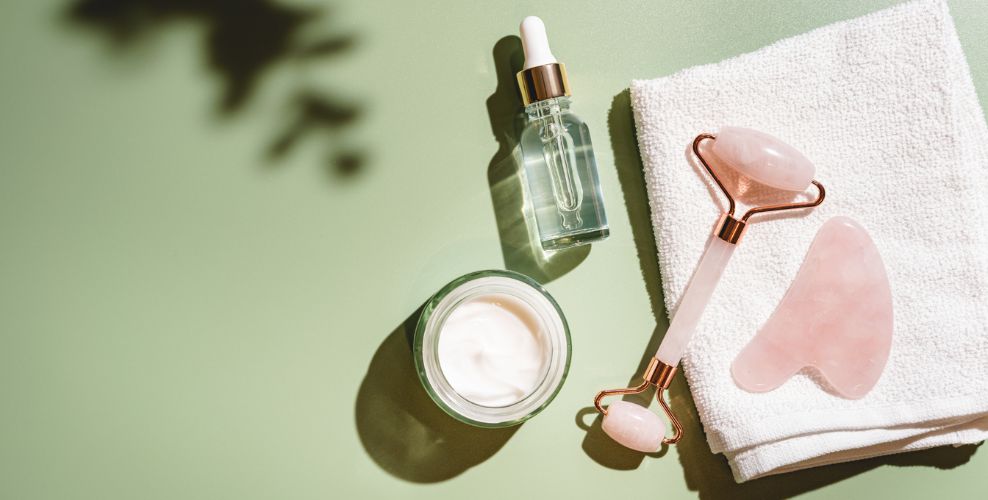Beauty is skin deep but your health runs deeper
Skin is more than just an outer layer of tissue that protects the body, your skin actually runs very deep within you.
The average person has about 300 million skin cells. A single square inch of skin has about 19 million cells and up to 300 sweat glands. The skin renews itself every 28 days and is the largest organ in the human body. Recent research suggests that more than 960,000 people in Australia, which is over 4% of the population, suffer from a long-term skin condition(1). Skin conditions don’t discriminate, they are universal and can affect anyone at any age or life stage.
So, if it’s so important, why aren’t we doing more to look after it?
When you’re faced with a skin condition, the automatic response for most people is to run to your nearest pharmacy or specialist and bank out on some expensive products or treatment, but what if there was a different approach to skin health?
Fusion interviewed a traditional Chinese medicine (TCM) practitioner to get all the juicy insights on how to best approach skin health from an eastern medicine perspective. Read on to learn more.

The TCM guide to skin health
Ahil Ganesan is a Naturopath, Acupuncturist and Chinese Medicine Practitioner who offered great insight into the complexity of the human body. The key takeaway from the interview was that a key component of TCM is always focusing on the individual and that there is not a ‘one-size-fits-all’ approach to illness and disease, the root cause of the illness will differ from person to person.
To better understand the TCM approach to skin conditions we must better understand the foundations of TCM and its practices.
Chinese medicine is a 4000-year-old modality that is comprised of 10 different branches including; meditation, acupuncture, moxibustion, gua sha, herbal medicine, Tia da, Qi gong, diet, pulse reading and cupping. It is believed that to regain balance, you must achieve balance between the internal body organs and the external 5 elements of earth, fire, water, wood and metal.
Ahil explained that these five elements are linked to specific body systems;
- Wood – Liver, gallbladder and autonomic nervous system
- Fire – Heart and small intestine
- Earth – spleen and stomach
- Metal – Lung and large intestine
- Water – Kidney and urinary bladder
These elements are all connected to each other and have specific relationships and are a key factor when it comes to supporting the health of your skin.
Eczema & Psoriasis
Eczema and psoriasis are viewed as conditions related to excess heat in the body (red and itchy) but are also related to the element of wind as it ‘comes and goes’ and can be affiliated with the autonomic nervous system and liver Qi stagnation. The liver is responsible for the smooth flow of Qi (energy) throughout the body and for smoothing our emotions. Anger, irritability, and frustration are all signs that our Qi is not flowing smoothly, and this is referred to as Liver Qi stagnation, one of the most common imbalances treated by Chinese medicine practitioners. Location of the eczema is also important to note as it can sometimes link with specifical energy channels/meridians in the body, however, this will vary within individuals.
It is typically treated with acupuncture, topical creams, dietary changes (such as removing inflammatory foods which can cause excess heat), herbal medicine and gua sha.
Acne
Location is an important factor when it comes to acne, specifically face diagnosis, known as the three Jiaos they can be broken down into:
- Upper Jiao – this refers to the upper part of the face / body (forehead) and relates to the heart, lung and pericardium organs.
- Middle Jiao – refers to the midsection of the face (cheeks and nose) and includes the spleen, stomach, gallbladder and liver organs.
- Lower Jiao - refers to the lower second of the face (chin and jaw) and includes reproductive health, hormones, kidney and urinary bladder.

Hives
Hives is typically dealt in a similar way to eczema and psoriasis with the use of acupuncture and gua sha. Gua sha is used to help expel wind pathogens trapped in the body, cupping can also be used to suck out the pathogen.
Gua sha is a technique used by TCM practitioners that involves scraping the skin with a massage tool, proper gua sha only uses one direction with every movement. It is approached in two ways;
- Cosmetically – typically used on the face
- Systemically – typically used on the back
Fun Fact: Gua sha is used on channels in the back at a different strength then what is used on the face. The back contains your main bladder channel and has a close relationship with other organs. This relates to embryology; in the womb our organs originate on our back in specific positions that link to different energy channels that move through growth and development. Those energy channels that relate to those organ systems can also then be found on the back. When used on the back it can help clear heat, toxins and wind.
Key Takeaways
Topical treatment and systemic treatment are equally important and work synergistically. together. The topical skin is typically a reflection of what is happening internally.
Location of the condition on the body can be a key factor and help with diagnosis and treatment.
All conditions will differ depending on the individual.
Disclaimer – all approaches and treatment are dependent on the individual and must be guided by a healthcare practitioner. Do not self-diagnose.
References
















